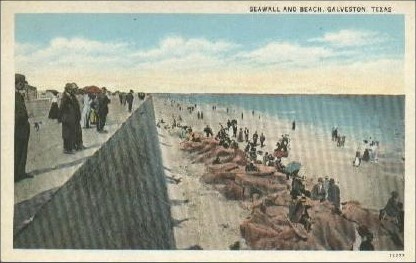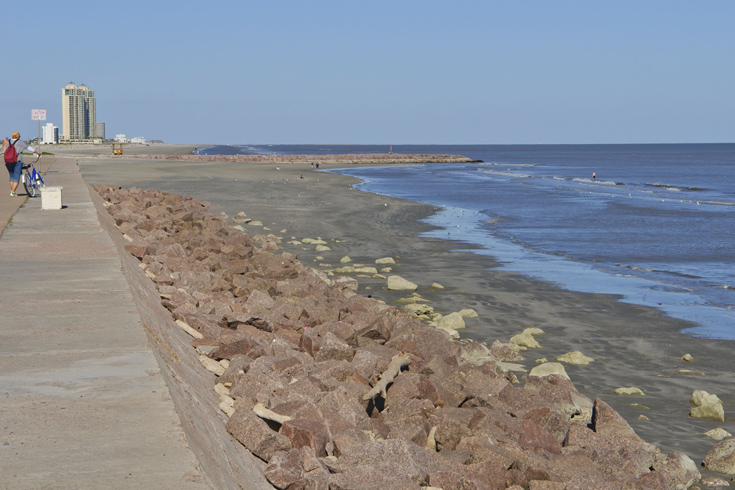See other Science/Tech Articles
Title: Massive crack in Antarctic ice shelf grows 11 miles in 6 days, potentially creating world’s largest iceberg
Source:
[None]
URL Source: https://www.yahoo.com/news/massive- ... largest-iceberg-215808971.html
Published: Jun 1, 2017
Author: Taylor Rogers
Post Date: 2017-06-03 13:52:30 by BTP Holdings
Keywords: None
Views: 266
Comments: 1
Massive crack in Antarctic ice shelf grows 11 miles in 6 days, potentially creating world’s largest iceberg Taylor Rogers Yahoo News June 1, 2017 View photos An aerial view of the Antarctic Peninsula’s Larsen C ice shelf. According to NASA, IceBridge scientists measured the Larsen C fracture to be about 70 miles long, more than 300 feet wide and about a third of a mile deep. (Photo: John Sonntag/NASA via AP) In the six days before President Trump announced his decision to withdraw from the Paris Agreement on climate change, an enormous crack in an Antarctic ice shelf grew 11 miles, according to a report by British Antarctic research group Project MIDAS. The crack, which is located in Larson Shelf C, leaves only eight miles of ice connecting what could be one of the world’s largest recorded icebergs to Antarctica. When it eventually breaks free from the continent, the resulting iceberg will measure 31,000 square miles, represent 10 percent of the ice shelf’s original mass and be larger than the state of Rhode Island. The growth spurt between May 25 and May 31 was the largest they have observed since January, Project MIDAS says, and the inevitable splintering of Ice Shelf C will drastically alter the landscape of the continent and will make the ice that remains less stable. The group states that although this specific crack was not likely caused by climate change, the disintegration of Antarctic ice shelves contributes to rising sea levels that threaten coastal cities. “When [ice shelves] disappear, ice can flow faster from the land to the ocean and contribute more quickly to sea level rise,” Adrian Luckman and Martin O’Leary of Project MIDAS wrote in February. View photos A rift in the Antarctic Peninsula’s Larsen C ice shelf. (Photo: John Sonntag/NASA via AP) Rising sea levels endanger heavily populated cities such as New York, San Francisco, New Orleans and Miami, and are predicted to cause 13.1 million Americans to relocate from coastal areas by 2100. Concern about rising sea levels was one of many factors that inspired the Paris Agreement’s goal of limiting the rise of global temperatures. Project MIDAS expects the ice shelf to mimic the break up of Larson Ice Shelf B, which shattered over a period of two weeks in 2002. “The calving event will probably be slow and graceful,” the scientists of Project MIDAS wrote. “The ice is already floating, so when the fracture breaks all the way through, it will simply start to drift away.” The group is unsure exactly when the rapidly growing crack will cause Ice Shelf C to break free from Antarctica, but believes that the rift has now reached a region of soft ice and that there is very little holding the ice shelf together. “We are watching with bated breath,” the team wrote. Poster Comment: Great photos at source.
Post Comment Private Reply Ignore Thread
Top • Page Up • Full Thread • Page Down • Bottom/Latest
Begin Trace Mode for Comment # 1.
#1. To: BTP Holdings, All (#0)
A heap o' shameless anthropogenic fear mongering. These bastards simply cannot give it a rest. Just like temperature changes from year to year, the rise and fall of sea levels barely registers statistically. Sea level changes are measured in mere millimeters on an annual basis. Galveston seawall, 1905. Galveston seawall in the 1920s. The seawall today.
There are no replies to Comment # 1. End Trace Mode for Comment # 1.
Top • Page Up • Full Thread • Page Down • Bottom/LatestRising sea levels endanger heavily populated cities such as New York, San Francisco, New Orleans and Miami, and are predicted to cause 13.1 million Americans to relocate blah, blah, blah . . .


Replies to Comment # 1.
